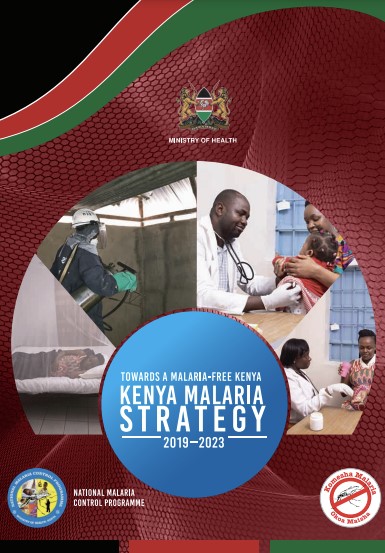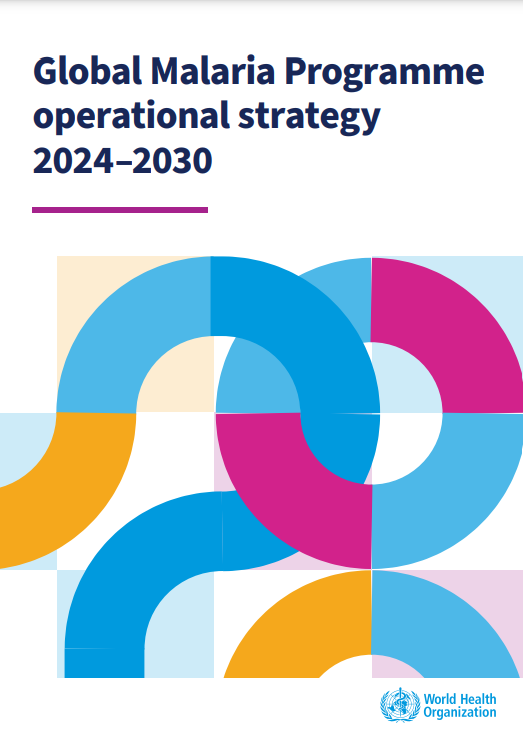Last Updated: 19/07/2024
A non-canonical protective response against malaria (MalBil)
Objectives
*Original title in Portuguese: Resposta protectora não-canónica contra malária
This project aims o identify and characterize how bilirubin production by Biliverdin Reductase A (BLVRA) confers resistance and disease tolerance to malaria.
Calouste Gulbenkian Foundation, Portugal
NOVA University Lisbon (UNL), Portugal
Severe malaria refers to a spectrum of often-lethal clinical presentations caused in humans by Plasmodium falciparum infection. It has been demonstrated in the laboratory using experimental models of malaria in mice, that the pathogenesis of severe malaria is fueled by labile heme 8-10, an alarmin that accumulates in plasma as a byproduct of parasite-induced hemolysis 2, 11. The pathologic effects of labile heme 8 are countered by the induction of the heme catabolizing enzyme heme oxygenase-1 HO-1 9, 12, via a mechanism whereby labile heme activates the transcription factor nuclear factor erythroid 2-related factor 2 2, 15. This defense strategy does not impose a fitness cost on Plasmodium spp. , establishing disease tolerance to malaria 2, 13. Heme catabolism by HO-1 releases equimolar amounts of carbon monoxide CO, catalytic iron and biliverdin 14. It was found out that high affinity binding of CO to the prosthetic heme groups of extracellular hemoglobin restrains the generation of labile heme, preventing the pathogenesis of cerebral forms of severe malaria 2, 15. The pathophysiological relevance of this defense strategy is perhaps best illustrated by our demonstration of its critical involvement in the protective effect of sickle hemoglobin against malaria 2, 15. The laboratory also described that the induction of ferritin, via the catalytic iron produced via heme catabolism by HO-1 16, 17, is critical to prevent the pathogenesis of non-cerebral forms of severe malaria 2, 18. Whether biliverdin, the “open” tetrapyrrole ring generated via heme catabolism by HO-1, influences malaria severity is not established and is the focus of this proposal i.e. MalBil . Preliminary data suggests that biliverdin reduction into bilirubin, catalyzed by biliverdin reductase A BLVRA 19, is indispensable to survive malaria. Supporting this notion, Blvra deletion in C57BL/6 mice increases susceptibility to Plasmodium i.e ., chabaudi chabaudi AS infection i.e., 100% mortality, as compared to control C57BL/6 mice that survive the infection see PDF . The lethal outcome of Pcc AS infection in Blvra -deleted mice is associated with a marked increase in pathogen load, compared to control mice see PDF . Consistent with previous observations 20, we found that unconjugated bilirubin kills P. falciparum (Pf) in vitro see PDF . Taken together, the preliminary data suggests that bilirubin production by BLVRA is part of a non-canonical resistance mechanism against Plasmodium infection, which confers resistance to malaria. The lethal outcome of Pcc AS infection in Blvra -deficient mice is also associated with the development of acute kidney injury AKI see PDF , a common presentation and independent risk factor of malaria mortality 21. Moreover, it was found that iron accumulation in renal proximal tubule epithelial cells RPTEC promotes the pathogenesis of malarial-associated AKI. This suggests that BLVRA prevents the pathogenesis of AKI via a cytoprotective mechanism preventing RPTEC from undergoing programmed cell death via ferroptosis 22-24, 29. In support of this notion: i. Ferroptosis is fueled by iron-assisted catalysis of lipid peroxidation, deregulating cellular energy metabolism and disrupting plasma membrane integrity 22 and ii. Bilirubin is a lipophilic antioxidant 7, 25, 30. Beyond its lipophilic antioxidant activity 7, 25, 30, bilirubin acts a metabolic hormone 26, 27, sensed by nuclear receptors and regulating gene transcription 26. These include the Aryl hydrocarbon Receptor AhR, a promiscuous nuclear receptor and transcription factor that plays a central role in the establishment of disease tolerance to malaria 28. The finding that AhR expression by the vascular endothelium is essential to prevent malarial-associated AKI 28, suggests that AhR acts downstream of BLVRA to establish disease tolerance to malaria.
The objective will be achieved by testing three Hypotheses through seven independent Tasks: Hypothesis 1: BLVRA catalytic activity is protective against malaria. Task 1: Generate a catalytically inactive BlvraCI knock-in mouse strain. Task 2: Establish whether malaria severity is exacerbated in BlvraCI mice. Task 3: Establish the protective/therapeutic effect of bilirubin against malaria. Hypothesis 2: Bilirubin is cytotoxic to Plasmodium spp . Task 4: Characterize bilirubin cytotoxicity in P. falciparum in vitro . Task 5: Characterize bilirubin cytotoxicity in Plasmodium ssp. in vivo. Hypothesis 3: Bilirubin establishes disease tolerance to malaria. Task 6: Characterize the involvement of ferroptosis in the protective effect of bilirubin against malarial AKI. Task 7: Characterize the involvement of AhR in the protective effect of bilirubin against malarial AKI.
Mar 2023 — Feb 2026
$277,754


